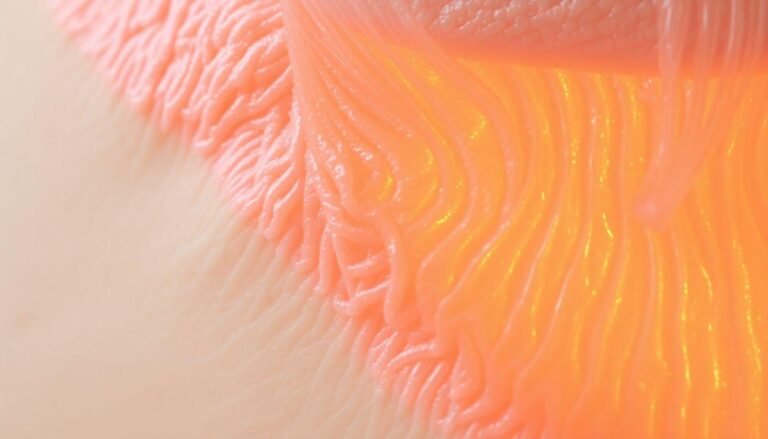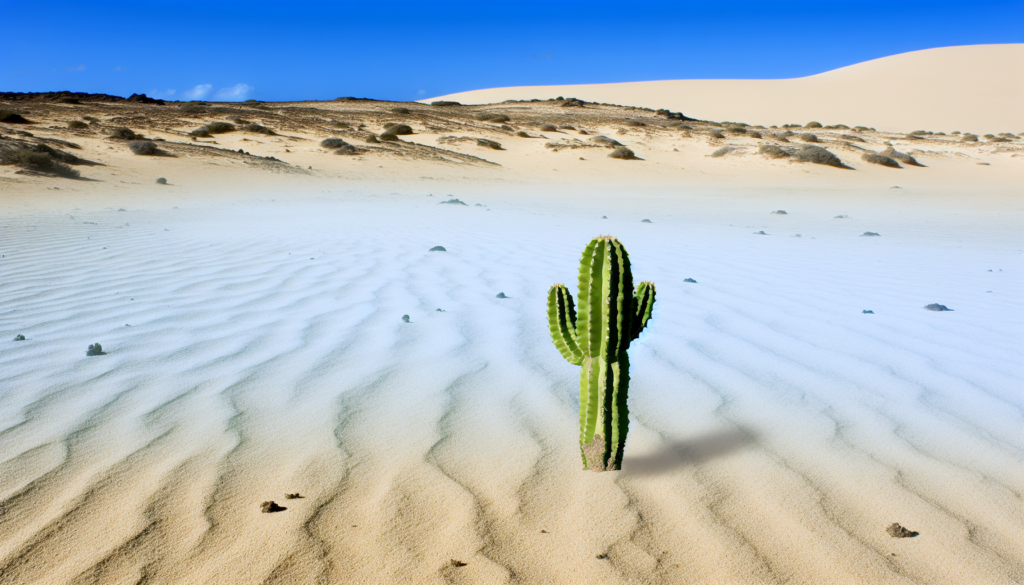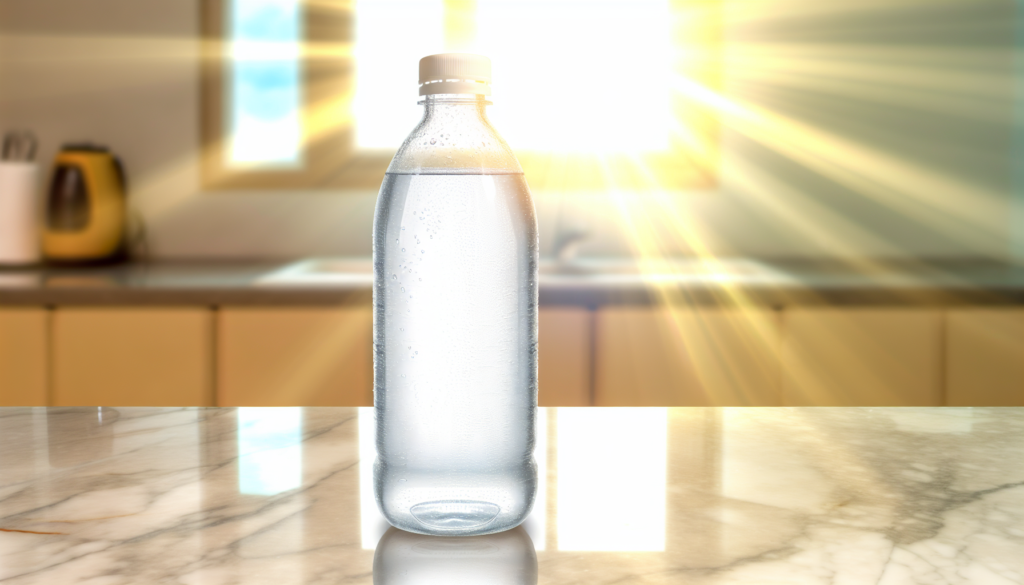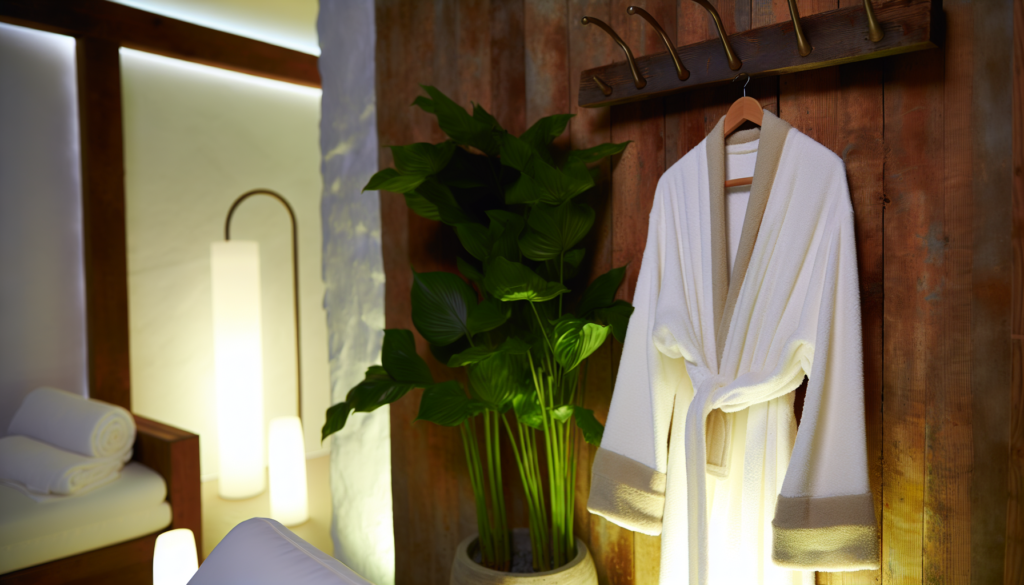Bringing a newborn home is a mix of joy, exhaustion, and sometimes, a bit of worry—especially when you notice your baby’s skin starting to peel. It can be alarming for first-time parents, but I’m here to reassure you that peeling skin is actually a normal part of your baby’s development. After spending nine months in a fluid-filled environment, your little one’s skin needs time to adjust to the outside world. Newborn skin peeling happens to most babies and is typically nothing to worry about. Let’s explore why this happens and how you can support your baby’s skin during this transition.
Why Do Newborns Have Peeling Skin?
When babies are born, they often have a protective coating called vernix caseosa, which shields their skin while in the womb. As this natural coating wears off, the outer layer of skin begins to shed. This process is completely natural and varies in intensity from baby to baby. Here are the main reasons behind this common phenomenon:
1. Transition from Womb to World
The amniotic fluid that surrounds your baby in the womb keeps their skin moist and protected. Once born, your little one’s skin needs to adapt to a much drier environment. This dramatic change triggers the peeling process, which is your baby’s way of developing skin that can function properly in its new environment.
Think of it as nature’s way of hitting the reset button—out with the old, in with the new! This transitional phase is most noticeable in babies born at or past their due date, as they’ve had more time to develop that protective vernix layer.
2. Natural Skin Development
Just as adults shed skin cells regularly (though less noticeably), babies do the same—but at a more accelerated and visible rate initially. This is part of the normal skin cycle and helps your baby develop healthier skin suited for life outside the womb.
The peeling usually starts within a week after birth and might continue for several weeks. The timing can vary quite a bit from one baby to another, so don’t worry if your little one’s timeline doesn’t match exactly what you’ve read or heard from other parents.
3. Adjusting to Temperature Changes
Your baby went from a constant, warm temperature in the womb to a world with fluctuating temperatures. This adjustment process can trigger skin changes, including dryness and peeling, as the skin learns to regulate moisture in varying conditions.
During this adjustment period, you might notice the peeling is more pronounced after baths or in areas where there’s friction, like the wrists and ankles. This is completely normal and not a cause for concern.
4. Post-Term Babies Often Peel More
Babies born after 40 weeks (post-term) typically experience more pronounced peeling. Why? They’ve usually lost most of their protective vernix before birth, leaving their skin more vulnerable to drying out once they’re born.
If your baby arrived fashionably late to the party, don’t be surprised if they seem to be shedding like a little snake! This is perfectly normal and actually a sign that your baby was nice and mature at birth.
5. Individual Skin Characteristics
Every baby is unique, and genetic factors play a role in how much peeling occurs. Some babies hardly peel at all, while others might look like they’re shedding their entire outer layer. Neither scenario is cause for concern—it’s just your baby’s individual skin characteristics at work.
Factors like ethnicity, family history of skin conditions, and even the season when your baby is born can influence how much peeling occurs. Winter babies often experience more dryness due to indoor heating and lower humidity levels.
How to Care for Your Newborn’s Peeling Skin
While peeling skin is normal, there are gentle ways to support your baby’s skin during this transition period:
Keep Bath Time Short and Sweet
Excessive bathing can strip your baby’s skin of its natural oils, making peeling worse. Limit baths to just 5-10 minutes with lukewarm water. For newborns, 2-3 baths per week is usually sufficient unless they’ve had a particularly messy diaper situation!
- Use mild, fragrance-free soap specifically formulated for babies
- Avoid scrubbing the peeling areas—let them shed naturally
- Pat (don’t rub) your baby dry after bathing
Moisturize Mindfully
After bath time is the perfect opportunity to lock in moisture. Apply a baby-safe moisturizer while your little one’s skin is still slightly damp to maximize absorption.
- Choose fragrance-free, hypoallergenic products designed for sensitive newborn skin
- Focus on dry areas like ankles, wrists, and hands
- Consider natural options like coconut oil or shea butter if approved by your pediatrician
Dress Your Baby in Soft, Breathable Fabrics
Harsh fabrics can irritate peeling skin and make the condition appear worse. Opt for soft, breathable cotton clothing that won’t rub against your baby’s delicate skin.
- Choose loose-fitting clothes when possible
- Wash new clothes before their first wear using a mild, baby-friendly detergent
- Avoid overdressing your baby, which can cause sweating and skin irritation
Maintain Optimal Humidity
Dry air can exacerbate skin peeling. During winter months or in dry climates, consider using a humidifier in your baby’s room to add moisture to the air. This simple step can make a big difference in managing dry, peeling skin.
When to Call the Doctor
While peeling is typically normal, certain signs warrant a call to your pediatrician:
- Peeling accompanied by redness, inflammation, or signs of discomfort
- Cracking skin that appears painful or bleeds
- Peeling that persists well beyond the newborn period (beyond 3-4 weeks)
- Any unusual rashes or blisters accompanying the peeling
Embracing Your Baby’s Natural Development
Remember that this peeling phase is temporary. Within a few weeks, your baby will have beautiful, soft skin that you won’t be able to stop kissing! This process is just one of the many fascinating ways your newborn adapts to life outside the womb.
Try to see this phase as an opportunity to establish a gentle skincare routine that you can continue as your baby grows. These early moments of care are not just about managing peeling—they’re bonding experiences that help your baby feel secure and loved.
Newborn skin peeling is a normal part of your baby’s development that requires patience and gentle care rather than intervention. By understanding why it happens and knowing how to provide appropriate skincare, you can support your baby through this transitional phase with confidence. Before you know it, this peeling phase will be just another memory in your parenting journey, replaced by the impossibly soft skin that babies are famous for.







